Home>Storage & Organization>Decluttering Tips & Tricks>How To Declutter Clothes Closet
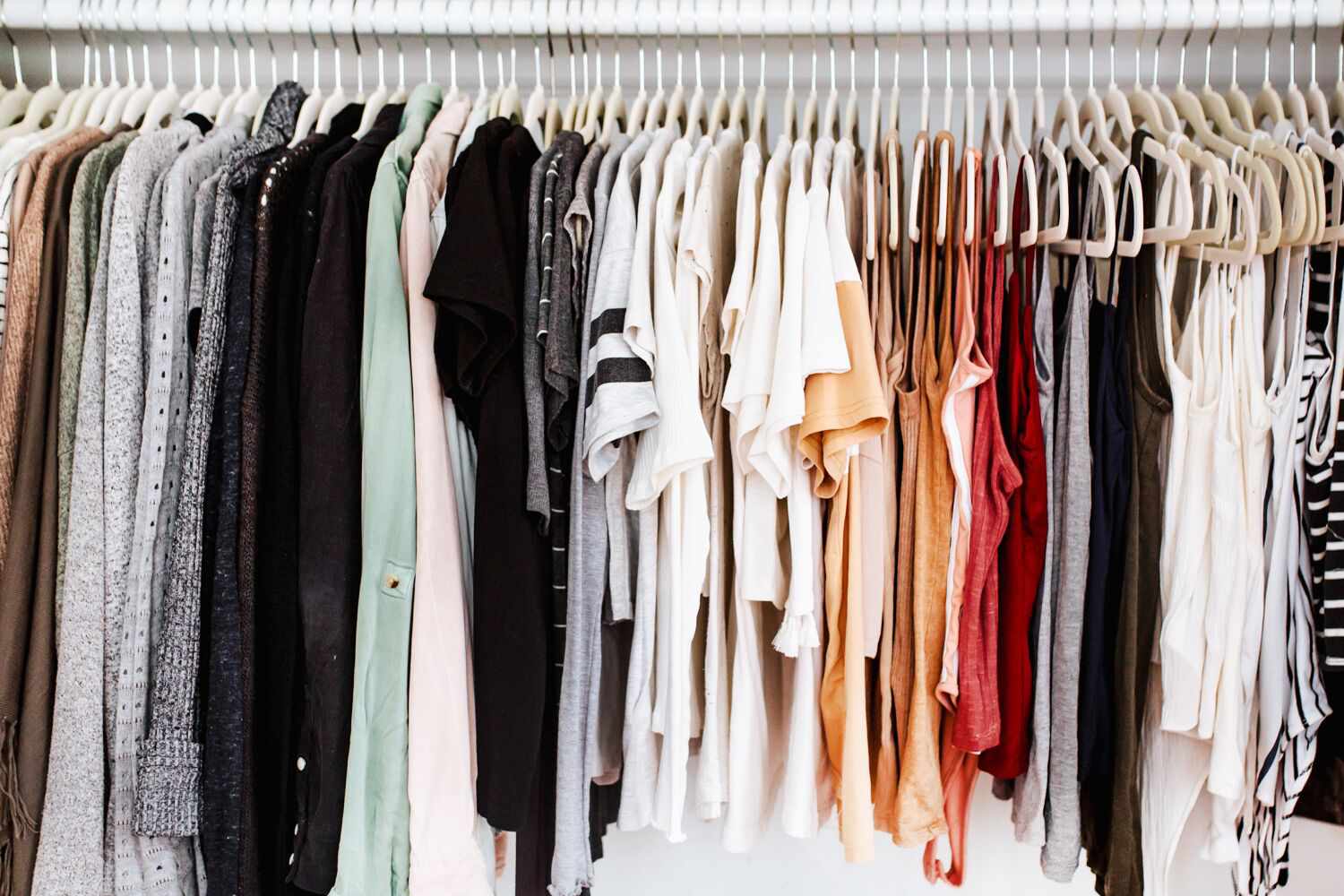

Decluttering Tips & Tricks
How To Declutter Clothes Closet
Modified: January 6, 2024
Learn effective decluttering tips and tricks for your clothes closet to create a more organized and spacious living environment. Streamline your wardrobe with expert advice and reclaim your closet space today.
(Many of the links in this article redirect to a specific reviewed product. Your purchase of these products through affiliate links helps to generate commission for Storables.com, at no extra cost. Learn more)
Introduction
Welcome to the ultimate guide on decluttering your clothes closet! If you've ever felt overwhelmed by the sight of a disorganized and overflowing wardrobe, you're not alone. Many of us struggle with managing our clothing and accessories, leading to clutter and chaos in our closets. However, fear not, as I'm here to equip you with expert tips and tricks to transform your closet into a streamlined and organized space.
Decluttering your clothes closet goes beyond simply tidying up—it's about creating a functional and visually pleasing environment that reflects your personal style. By following the strategies outlined in this guide, you'll not only reclaim valuable space in your closet but also streamline your daily routine by making it easier to find and select outfits.
So, roll up your sleeves, put on your favorite music, and let's dive into the step-by-step process of decluttering and organizing your clothes closet. Whether you're a fashion enthusiast or someone who simply wants a more efficient and tidy closet, this guide is tailored to meet your needs. Let's embark on this decluttering journey together and unlock the full potential of your wardrobe!
Key Takeaways:
- 1. Assess Your Closet: Start by evaluating your storage space, current clothing inventory, problem areas, and lifestyle. This sets the stage for targeted decluttering and organization tailored to your unique needs.
- 2. Maintain a Clutter-Free Closet: Adopt a one-in, one-out policy, schedule regular wardrobe assessments, and practice mindful clothing care to sustain a clutter-free and harmonious closet.
Assessing Your Closet
Before diving into the decluttering process, it's crucial to assess the current state of your closet. This initial step sets the stage for a successful decluttering journey, allowing you to gain a clear understanding of the contents of your wardrobe and identify areas that require attention.
Start by setting aside dedicated time to focus on your closet. Choose a time when you can work without interruptions, ensuring that you have sufficient time to assess and potentially declutter your clothing collection. As you begin the assessment, consider the following aspects:
- Evaluate Your Storage Space: Take note of the available storage options in your closet, such as shelves, hanging rods, drawers, and shoe racks. Assess whether these storage elements are being utilized effectively or if there is room for optimization.
- Assess Your Current Clothing Inventory: Survey the clothing items in your closet, including garments, shoes, accessories, and any miscellaneous items stored within. Take note of any items that are out of season, damaged, or no longer align with your personal style.
- Identify Problem Areas: Observe any areas of clutter, disorganization, or inefficiency within your closet. This could include overcrowded hanging rods, jumbled piles of accessories, or disorganized shoe storage. Identifying these problem areas will guide your decluttering and organizing efforts.
- Consider Your Lifestyle and Preferences: Reflect on your daily routine, work requirements, social activities, and personal style preferences. Understanding how your wardrobe should support your lifestyle will inform the decluttering process and help you prioritize essential items.
By thoroughly assessing your closet, you lay the groundwork for targeted decluttering and organization. This proactive approach allows you to address specific pain points and optimize your closet space according to your unique needs and preferences. With a clear understanding of your current inventory and storage capabilities, you're ready to transition to the next phase of sorting and categorizing your clothing items.
Sorting and Categorizing
Once you’ve assessed your closet and gained a comprehensive understanding of its contents, the next crucial step in the decluttering process is sorting and categorizing your clothing items. This phase is instrumental in bringing order to your wardrobe and laying the foundation for effective decluttering and organization.
Here’s how you can approach the sorting and categorizing process:
- Empty Your Closet: Consider removing all clothing items from your closet and placing them on your bed or in a designated area. This will allow you to assess each item individually and create a blank canvas within your closet for reorganization.
- Sort by Category: Begin sorting your clothing items into distinct categories such as tops, bottoms, dresses, outerwear, shoes, and accessories. This step provides clarity on the types of items you own and streamlines the subsequent decluttering process.
- Consider Seasonal Items: If space permits, separate your clothing items based on seasonal relevance. This can include creating sections for winter coats, summer dresses, and transitional pieces. By organizing items according to seasons, you can optimize accessibility and storage efficiency.
- Assess Each Item: As you sort through your clothing, take the opportunity to assess each item individually. Consider factors such as fit, condition, frequency of wear, and personal attachment. This evaluation will guide your decision-making during the decluttering phase.
- Identify Redundant Items: Look for duplicates or similar items within each category. Identifying redundant pieces allows you to streamline your wardrobe by retaining the best-suited items and letting go of unnecessary duplicates.
Sorting and categorizing your clothing items sets the stage for a more streamlined and purposeful wardrobe. By organizing your items into distinct categories and evaluating their individual relevance, you gain valuable insights that inform the decluttering and organization process. With a clear understanding of your clothing inventory and its categorization, you’re ready to embark on the next phase: decluttering.
When decluttering your clothes closet, start by taking everything out and sorting items into keep, donate, and discard piles. This will help you see what you have and make it easier to organize.
Decluttering
As you transition from sorting and categorizing your clothing items, the decluttering phase becomes the focal point of your closet transformation journey. Decluttering involves making intentional decisions about which items to keep, donate, or discard, ultimately streamlining your wardrobe and creating a more functional and visually appealing space.
Here are the essential steps to effectively declutter your clothes closet:
- Prioritize Based on Wear Frequency: Begin by evaluating each clothing item based on its frequency of wear. Items that you regularly reach for and feel confident in should take precedence, while items that have been neglected or no longer align with your style can be considered for decluttering.
- Assess Fit and Comfort: Consider the fit and comfort of each garment. Clothing that no longer fits well or feels uncomfortable should be set aside for donation or removal from your wardrobe.
- Evaluate Condition: Inspect the condition of your clothing items. Discard or repair items that are damaged, stained, or excessively worn. Maintaining a collection of well-maintained clothing enhances the overall appeal of your wardrobe.
- Embrace the KonMari Method: Consider implementing the principles of the KonMari method, popularized by organizing consultant Marie Kondo. This approach encourages you to keep items that spark joy and resonate with your personal style, while letting go of items that no longer serve a purpose in your life.
- Donate or Sell Unwanted Items: Once you’ve identified clothing items for decluttering, consider donating them to charitable organizations or selling them through consignment stores or online platforms. This allows your pre-loved items to find new homes while reducing clutter in your closet.
By embracing the decluttering process, you’ll curate a wardrobe that reflects your current style, aligns with your lifestyle, and promotes a sense of confidence and ease when selecting outfits. Decluttering not only optimizes your closet space but also cultivates a mindful and intentional approach to managing your clothing collection.
With your decluttering efforts complete, you’re now prepared to transition to the pivotal phase of organizing your curated wardrobe with purpose and efficiency.
Organizing
With your decluttering efforts yielding a curated selection of clothing items, the organizing phase presents an opportunity to transform your closet into a well-structured and visually appealing space. Effective organization not only enhances the accessibility of your wardrobe but also contributes to a sense of calm and order in your daily routine.
Here’s how you can approach the organizing phase of your closet transformation:
- Utilize Space-Efficient Storage Solutions: Assess your closet layout and invest in space-efficient storage solutions such as slimline hangers, hanging organizers, stackable bins, and shoe racks. These tools maximize vertical space and facilitate easy access to your clothing items.
- Implement a Strategic Layout: Arrange your clothing items with purpose, considering factors such as color coordination, garment type, and frequency of use. Grouping similar items together and arranging them in a visually pleasing manner enhances the overall aesthetic of your closet.
- Create Accessible Zones: Designate specific zones within your closet for different categories of clothing, such as work attire, casual wear, formal outfits, and seasonal items. This approach streamlines the process of selecting outfits for various occasions.
- Showcase Accessories Thoughtfully: Utilize hooks, trays, or display stands to showcase your accessories, such as jewelry, scarves, and belts. Thoughtfully displaying accessories not only adds visual interest to your closet but also ensures easy accessibility when accessorizing your outfits.
- Maintain a Functional Shoe Storage System: Organize your shoes using a combination of shoe racks, clear shoe boxes, or hanging organizers. This approach keeps your shoe collection visible and easily accessible while preserving the condition of each pair.
By implementing strategic organization techniques, you’ll transform your closet into a personalized and efficient space that complements your lifestyle and reflects your unique sense of style. A well-organized closet streamlines your daily routine and instills a sense of harmony and ease when interacting with your clothing collection.
With your clothing items thoughtfully organized, you’re now equipped to maintain a clutter-free closet by incorporating simple yet impactful practices into your ongoing routine.
Maintaining a Clutter-Free Closet
After investing time and effort into decluttering and organizing your clothes closet, maintaining a clutter-free and harmonious space becomes a key priority. By integrating practical habits and periodic maintenance, you can ensure that your meticulously curated wardrobe remains organized and functional for the long term.
Here are essential strategies for maintaining a clutter-free closet:
- Adopt a One-In, One-Out Policy: Embrace the practice of decluttering as you acquire new clothing items. For every new addition to your wardrobe, consider parting with an existing item to maintain a balanced and manageable collection.
- Regular Wardrobe Assessments: Schedule periodic assessments of your closet to identify any items that no longer align with your style, fit, or preferences. This proactive approach prevents clutter from accumulating and allows you to refine your wardrobe over time.
- Seasonal Rotation and Maintenance: As seasons change, rotate your clothing items to ensure that the current season’s essentials are easily accessible. Conduct seasonal assessments to refresh your wardrobe and address any storage or organization needs specific to each season.
- Consistent Maintenance of Storage Solutions: Regularly review and optimize your storage solutions, such as hangers, bins, and organizers, to ensure that they continue to support an organized and efficient closet layout.
- Mindful Clothing Care: Practice proper garment care, including laundering, folding, and storing items with care. By maintaining the condition of your clothing, you prolong their lifespan and preserve the integrity of your wardrobe.
By integrating these maintenance strategies into your routine, you’ll uphold the integrity of your decluttered and organized closet, fostering a sustainable and harmonious relationship with your clothing collection. Consistent maintenance not only prevents clutter from reemerging but also cultivates a mindful and intentional approach to managing your wardrobe.
With these strategies in place, you’re well-equipped to enjoy the benefits of a clutter-free closet, where each item serves a purpose, aligns with your personal style, and contributes to a seamless and enjoyable dressing experience.
Frequently Asked Questions about How To Declutter Clothes Closet
Was this page helpful?
At Storables.com, we guarantee accurate and reliable information. Our content, validated by Expert Board Contributors, is crafted following stringent Editorial Policies. We're committed to providing you with well-researched, expert-backed insights for all your informational needs.
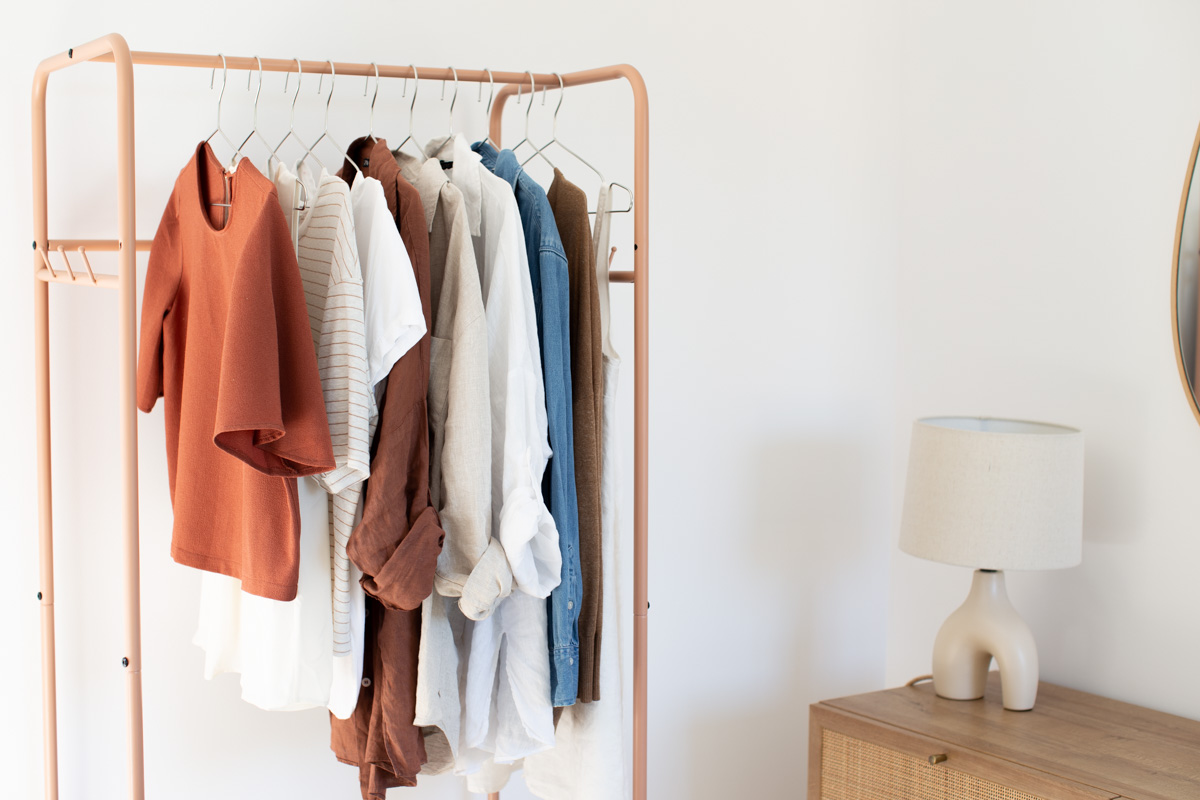
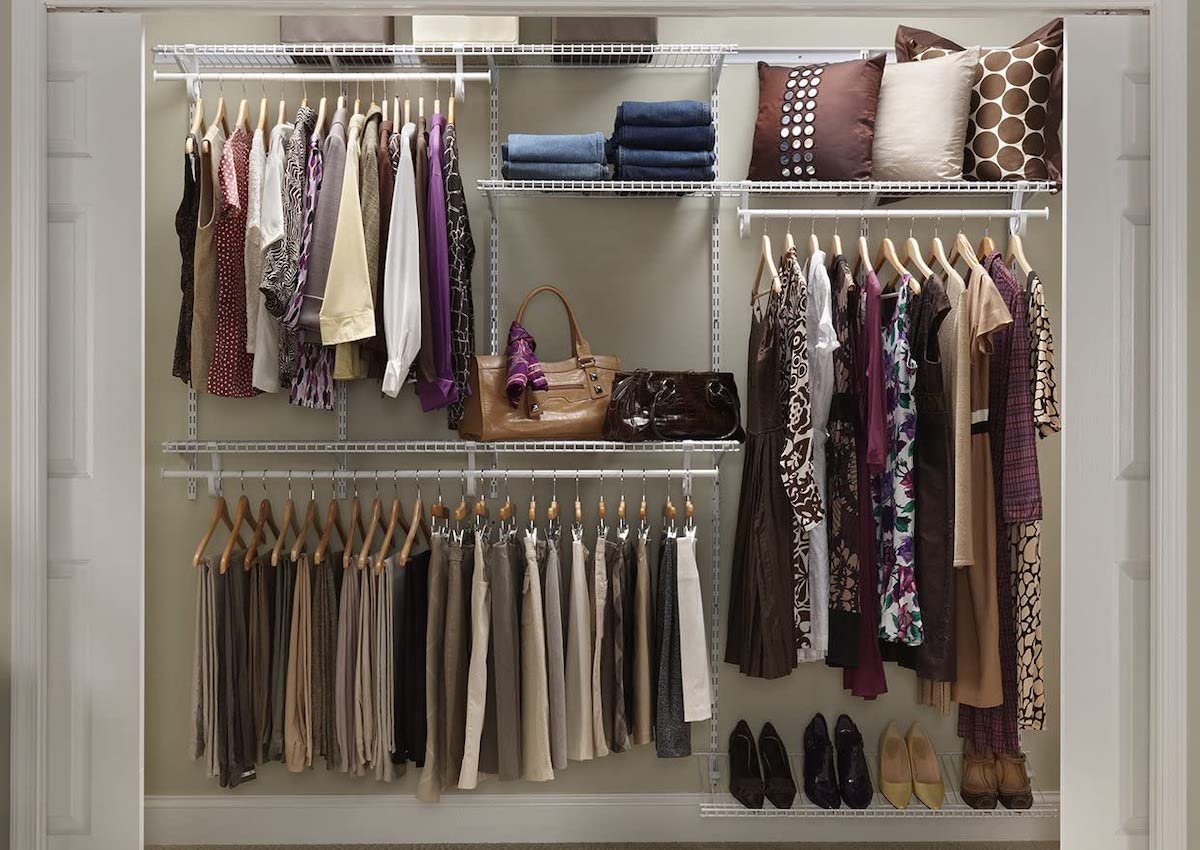
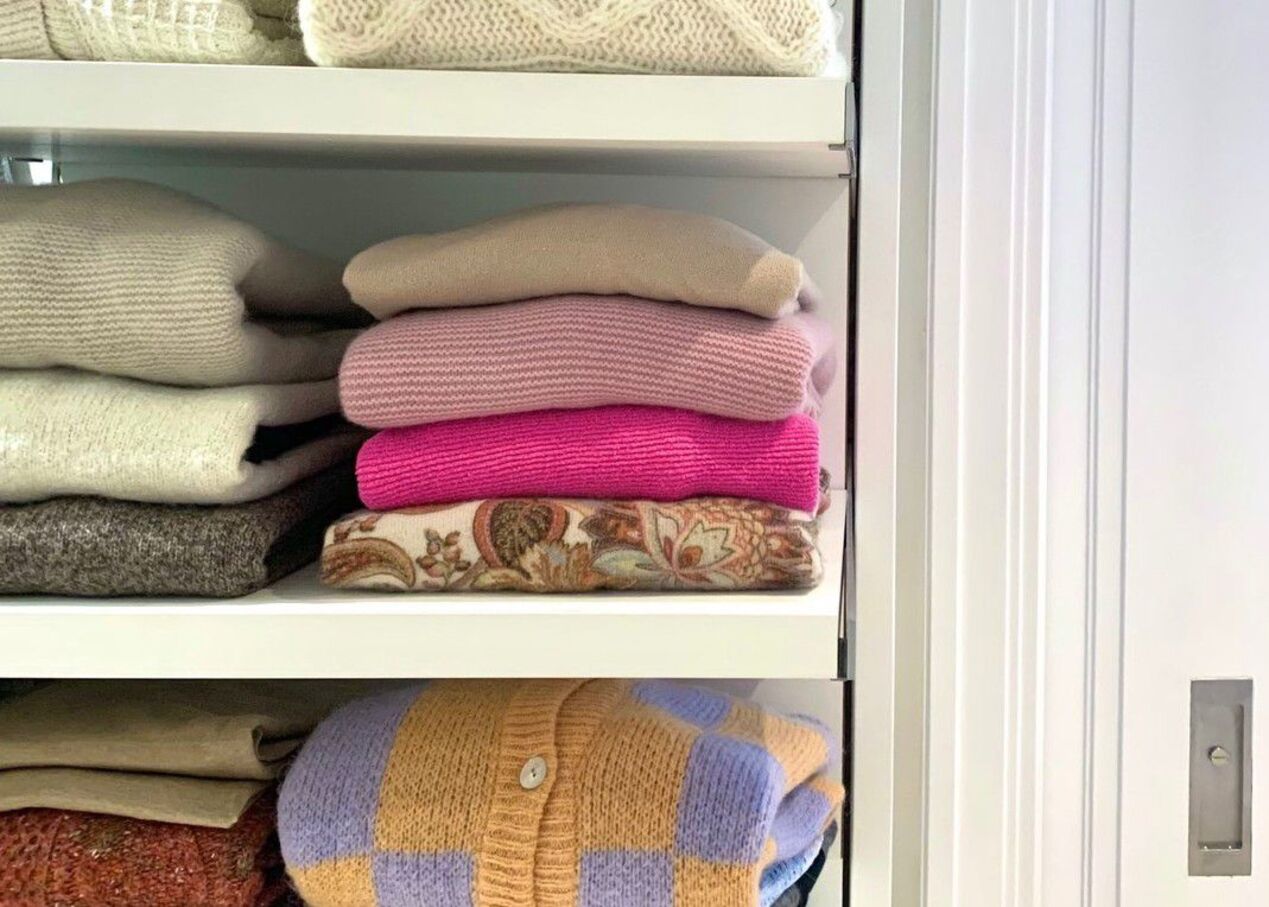
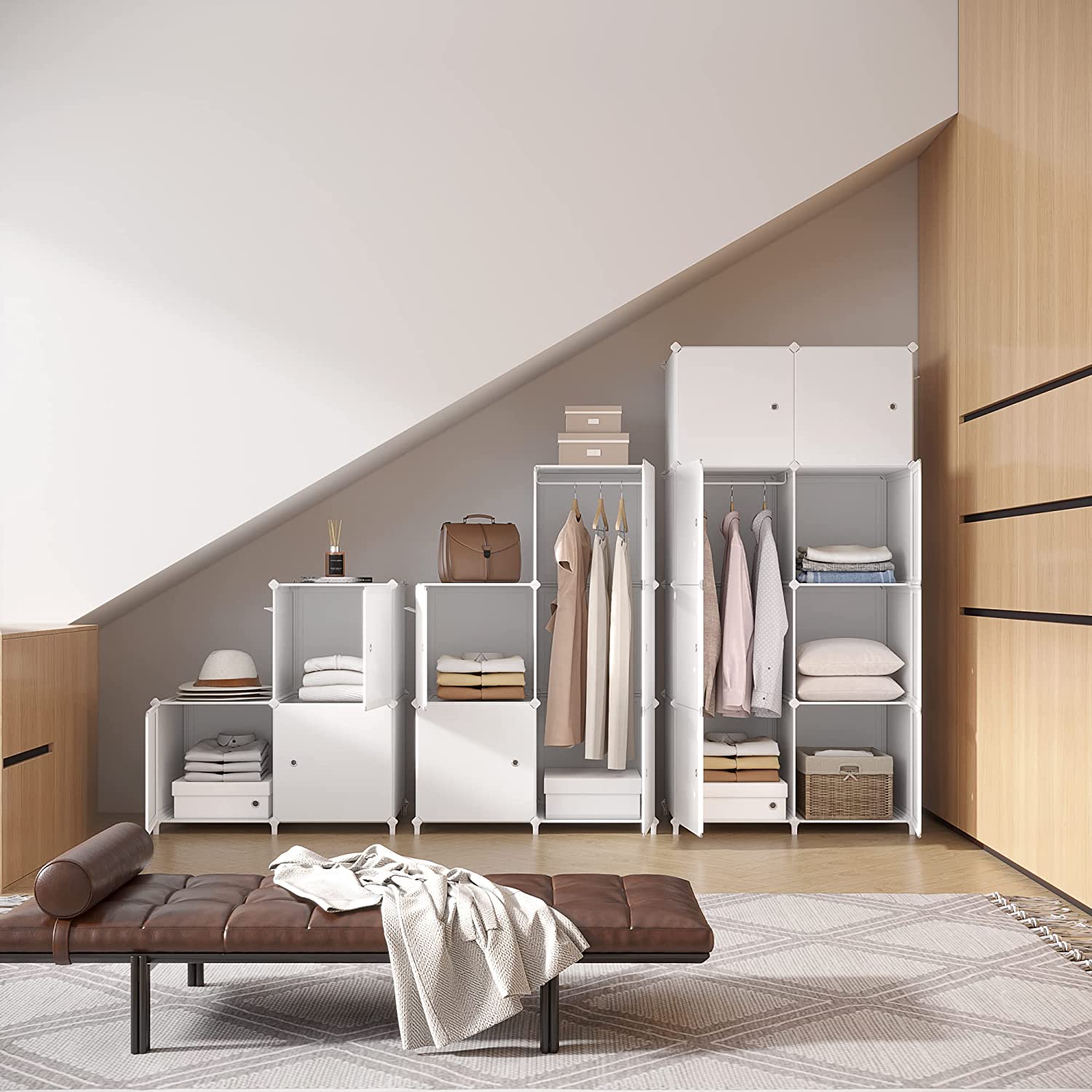
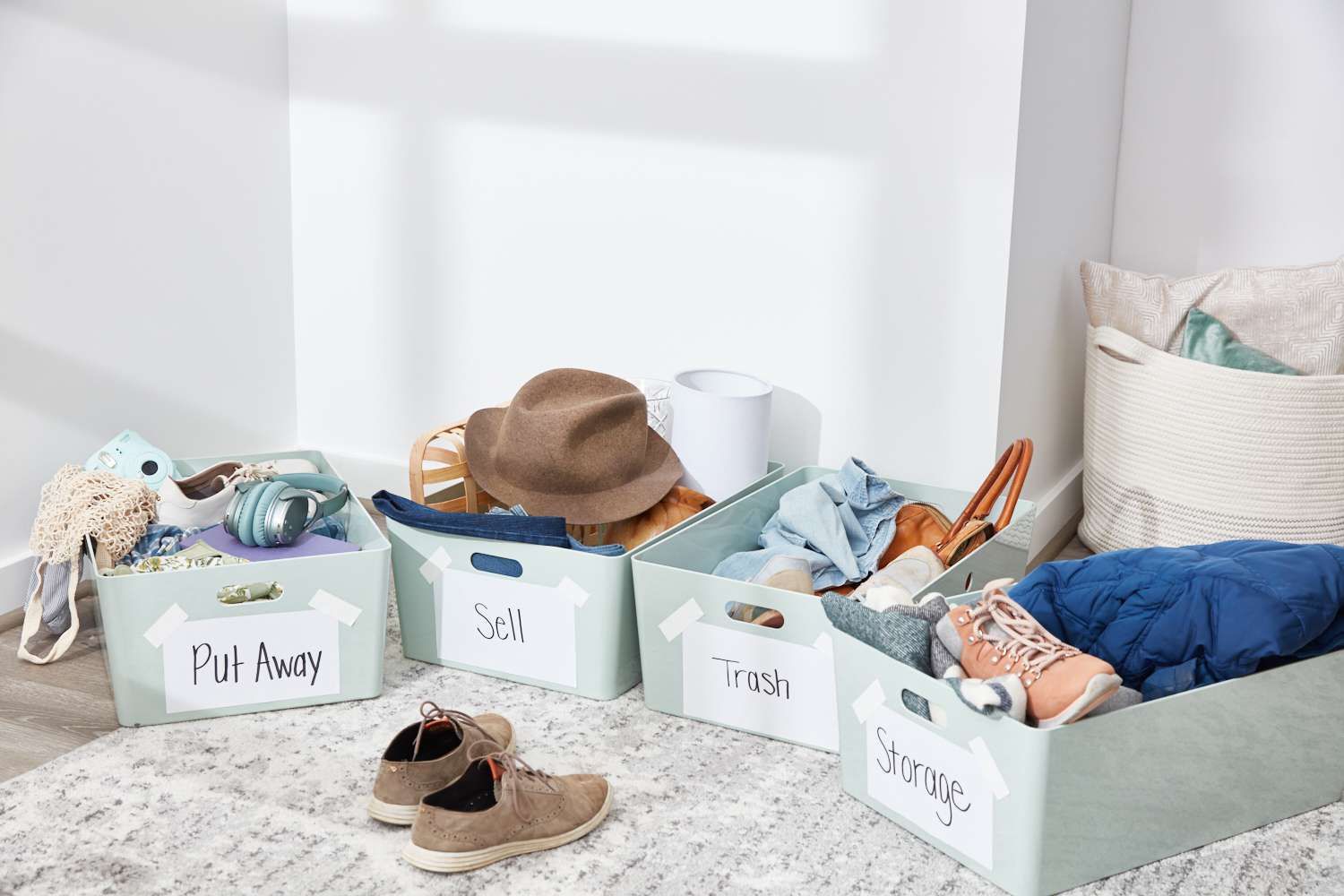
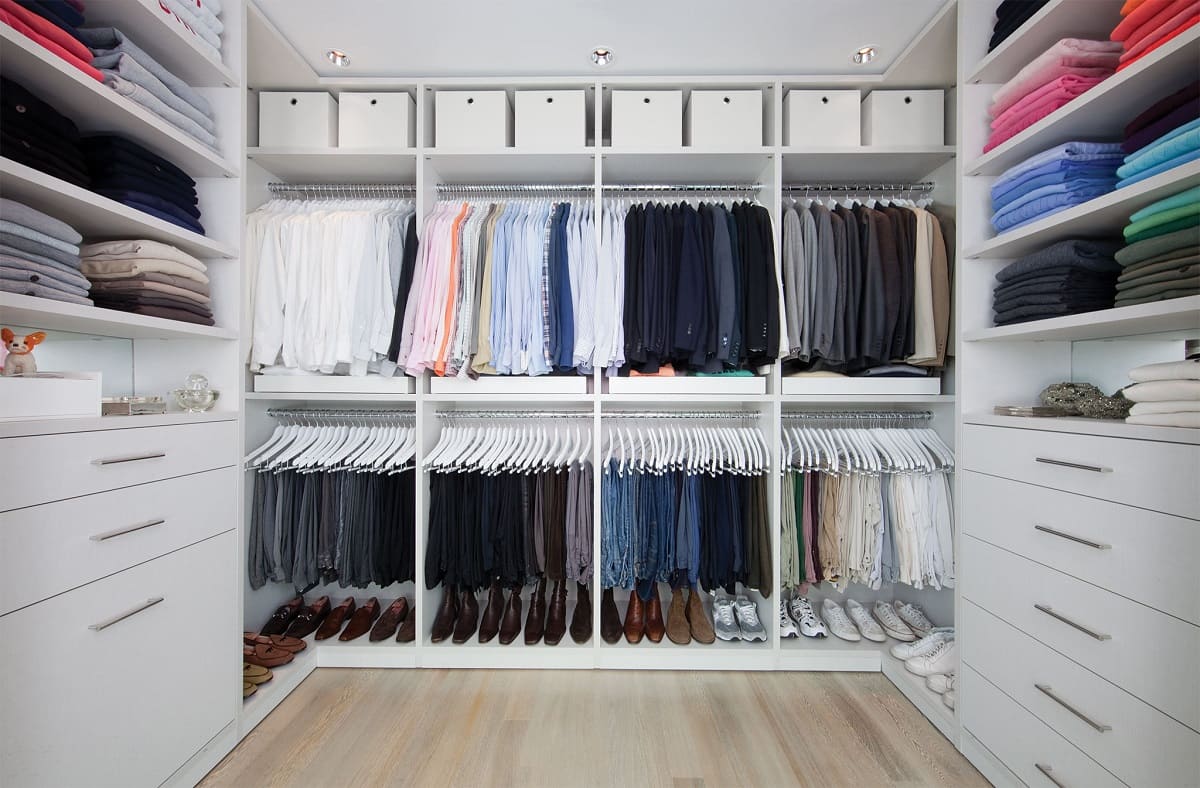
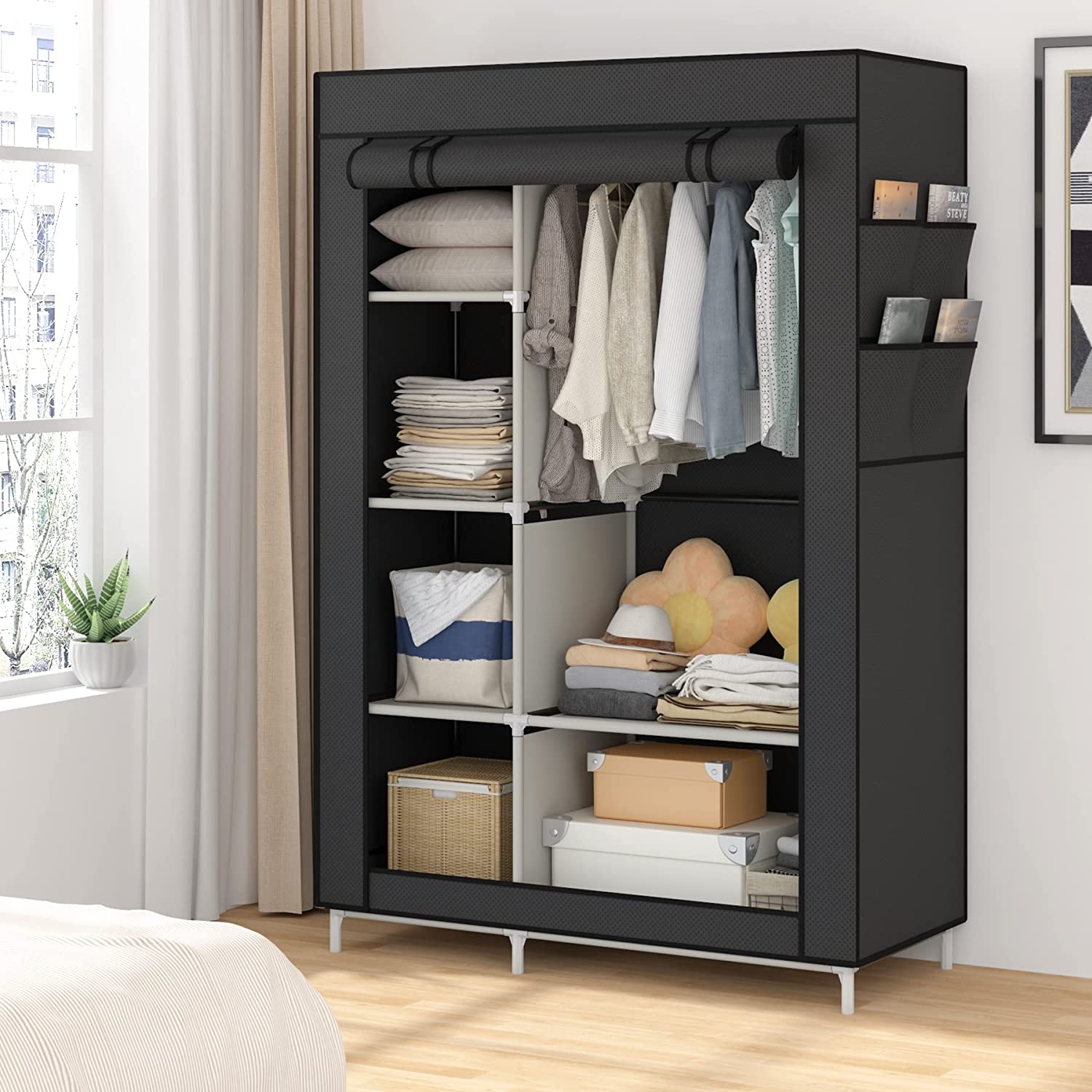
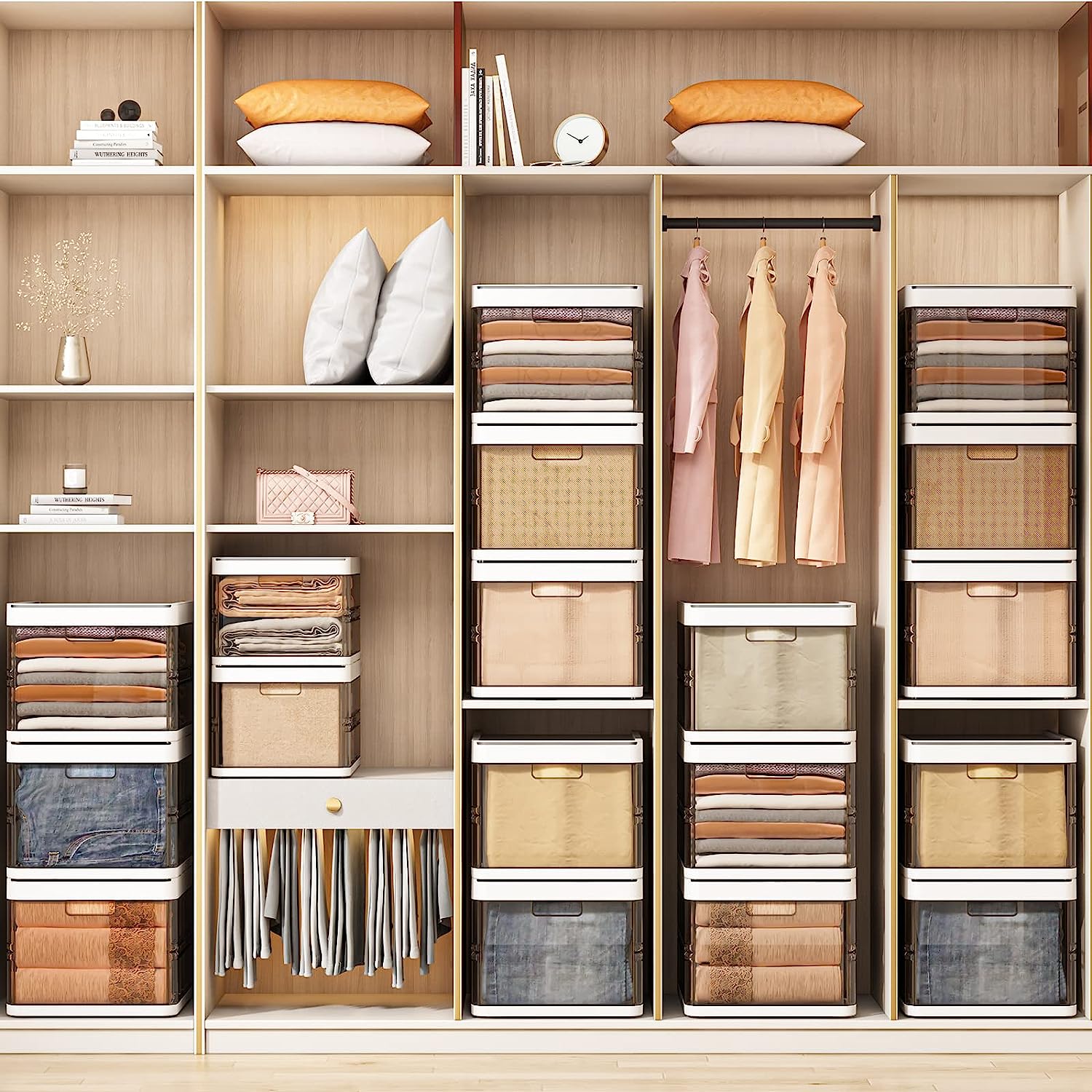
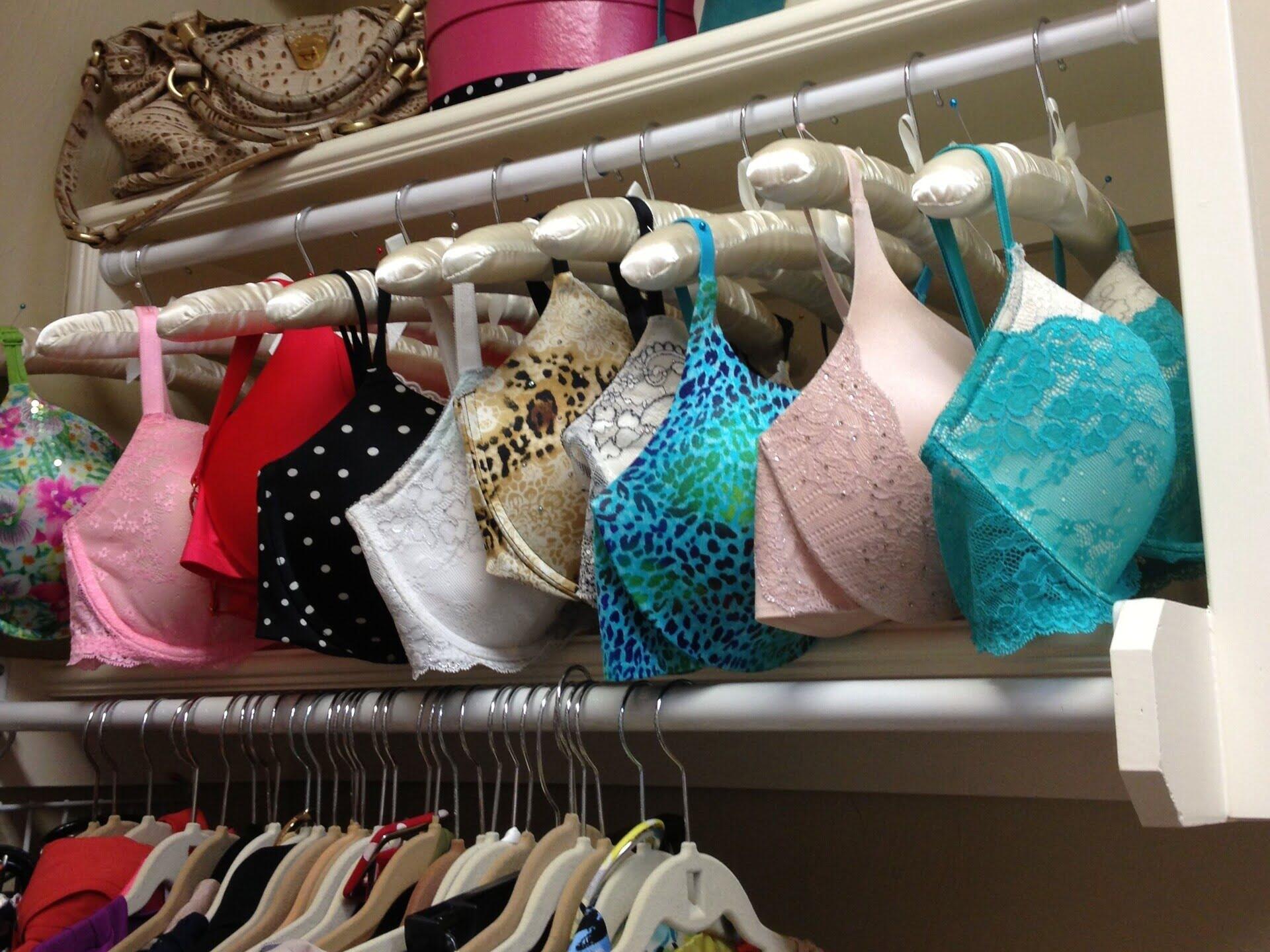
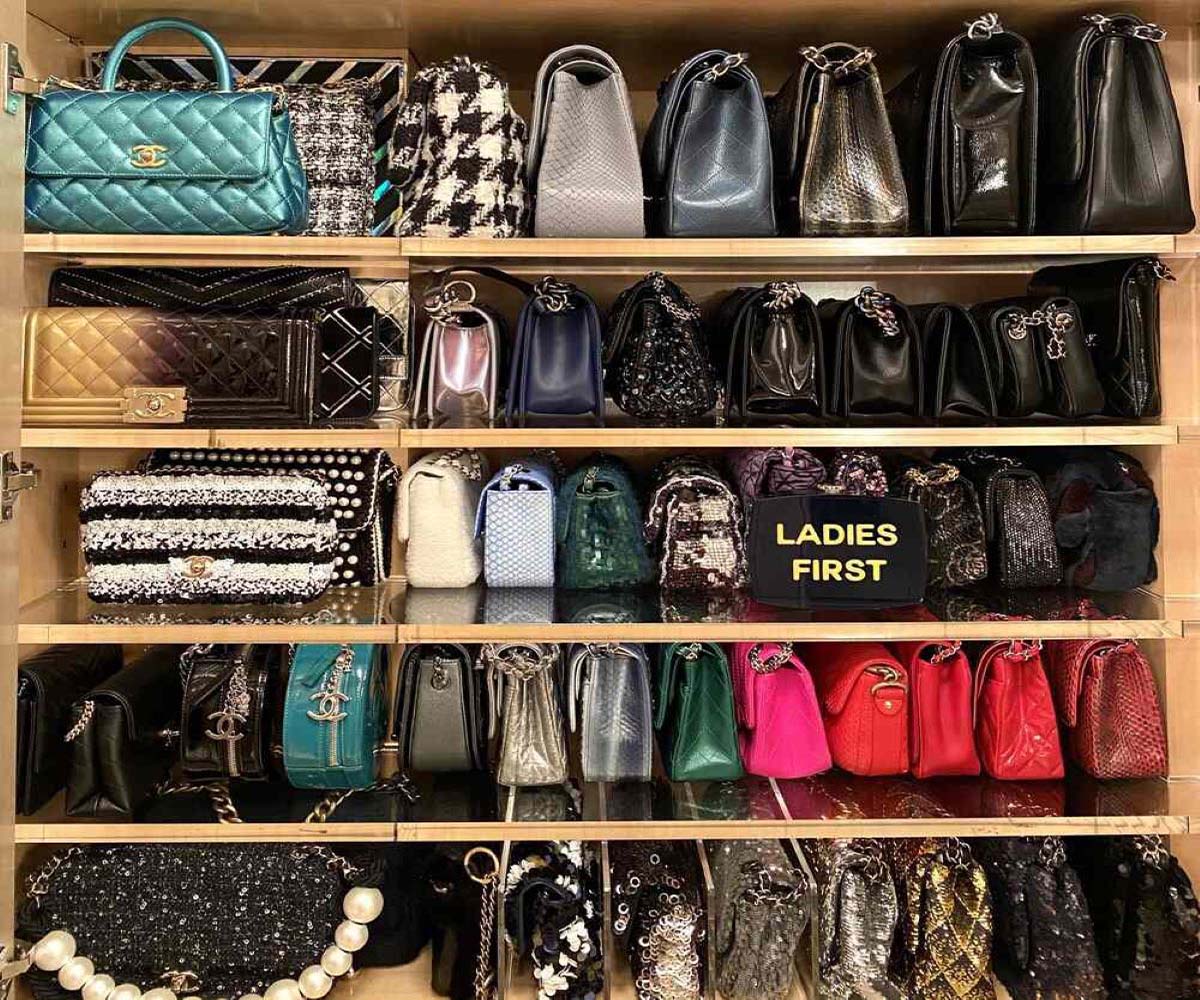
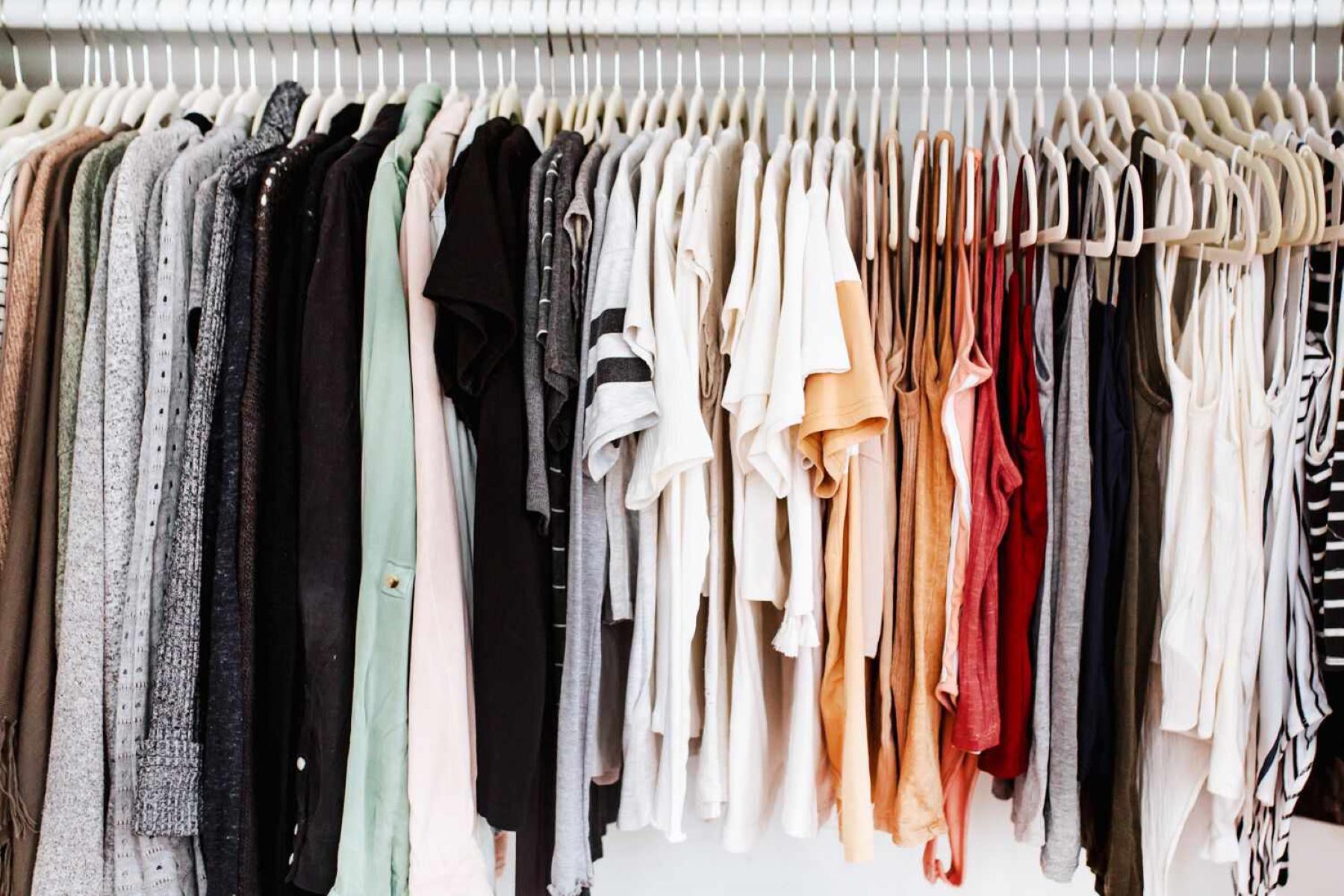
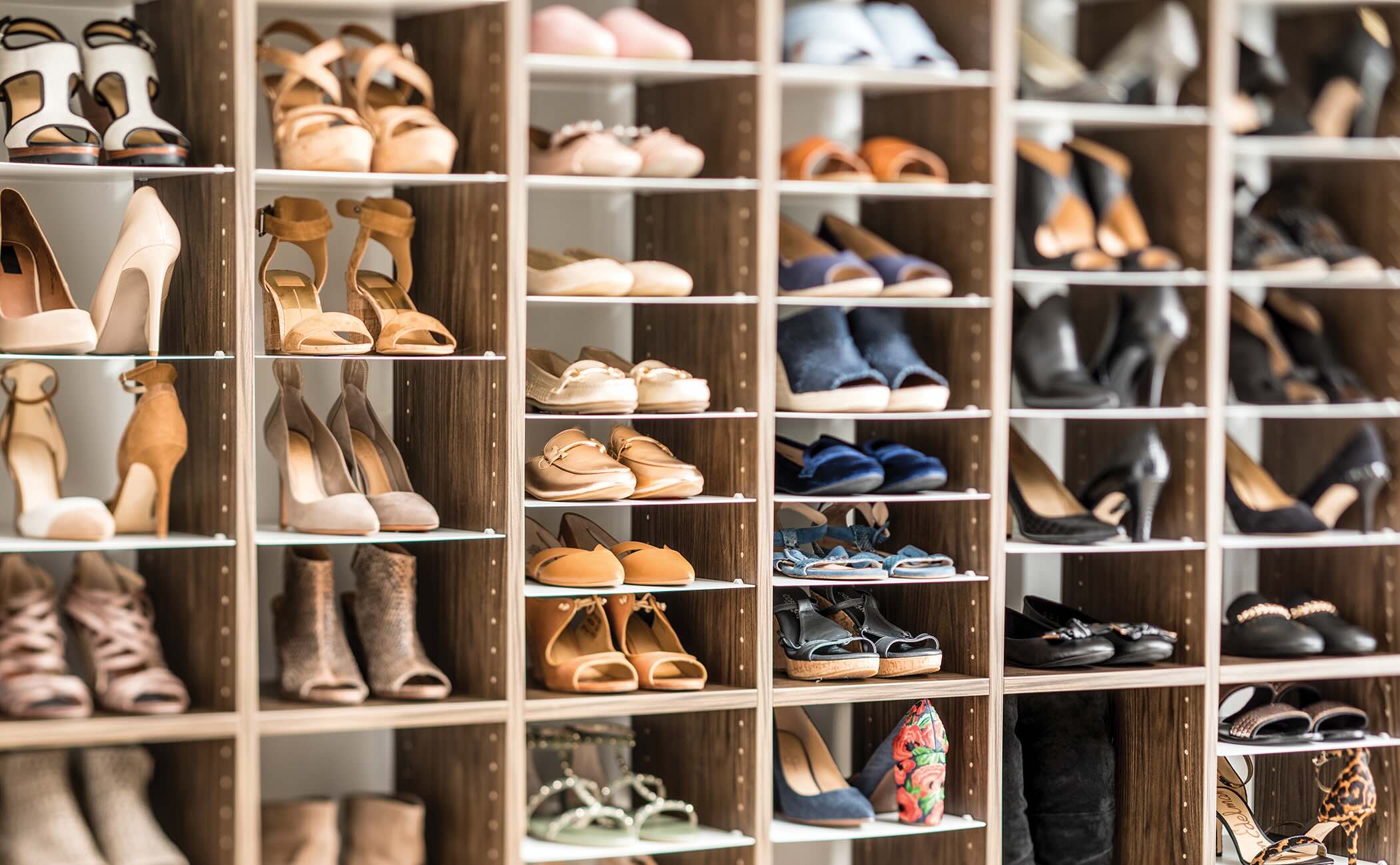
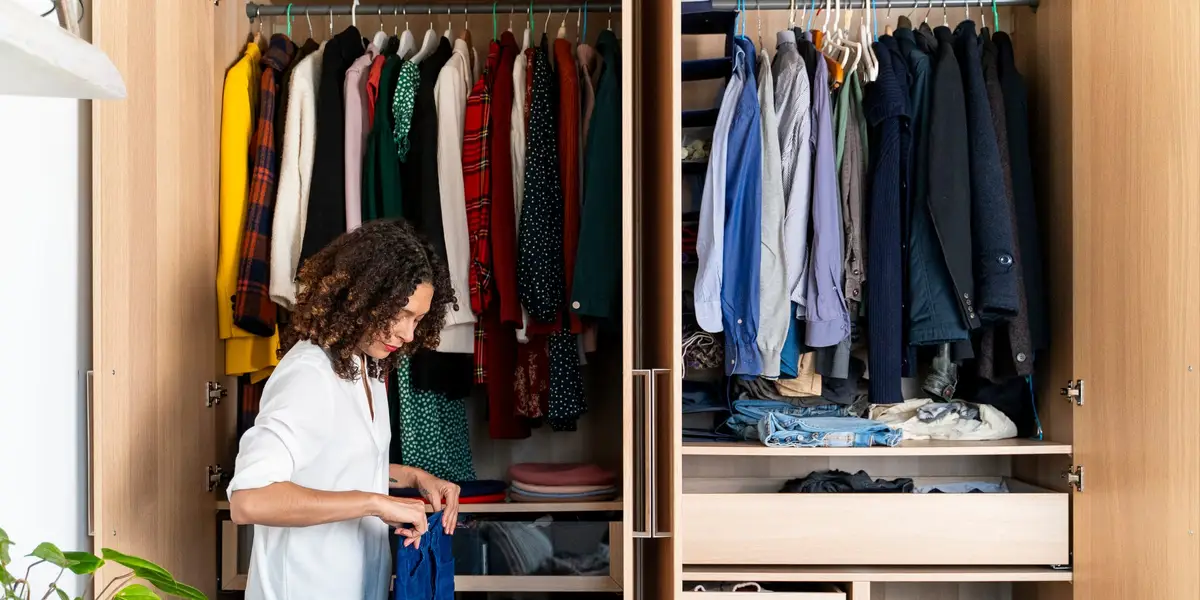
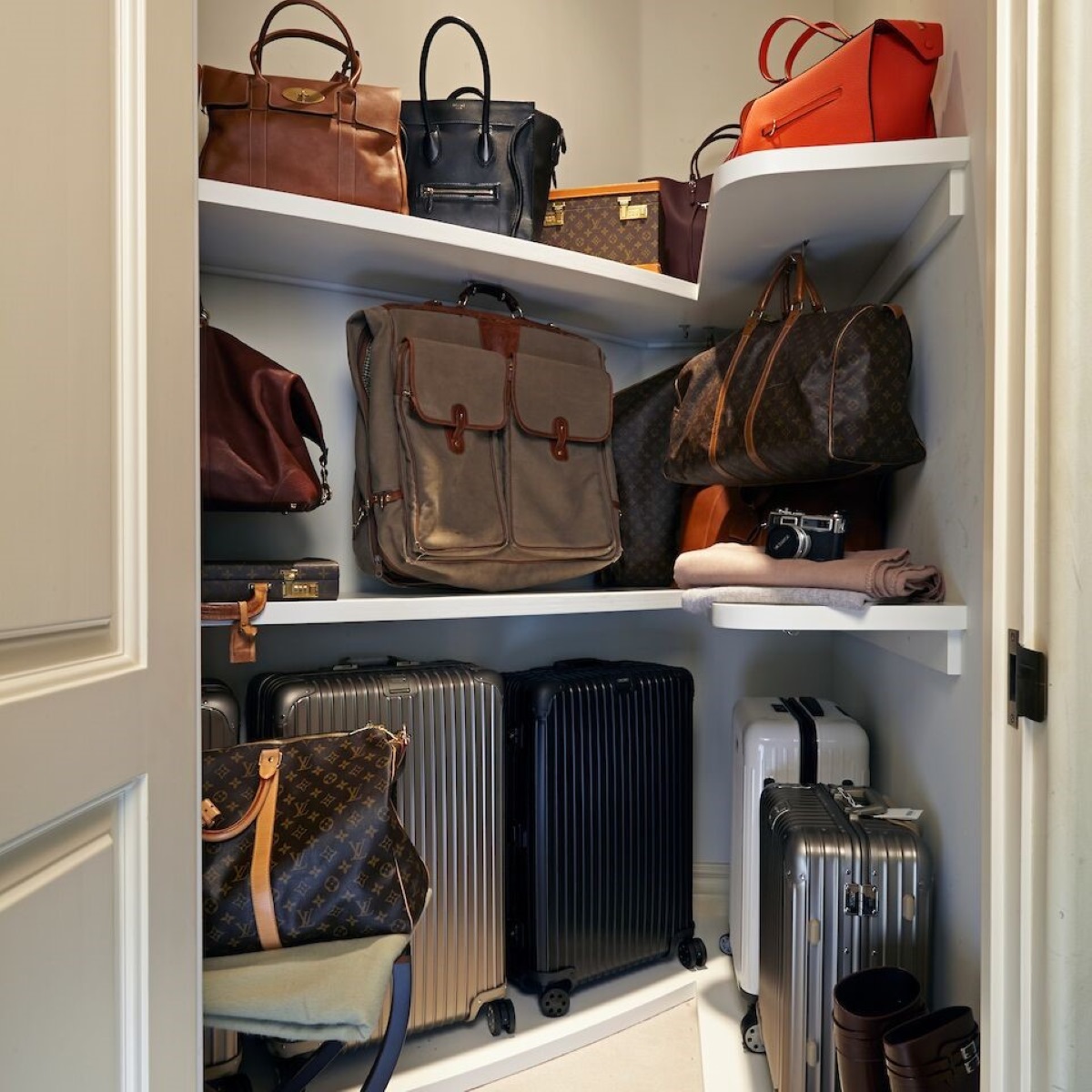

0 thoughts on “How To Declutter Clothes Closet”